It’s easy to picture modern medicine as a world of white lab coats, beeping machines, and miracle pills conjured up in sterile labs. But here’s a truth that might surprise you: the roots of our most advanced cures twist deep into the soil of human history, nourished by knowledge preserved by ancient healers. The story of medicine is not just about test tubes and technology—it’s also about the wisdom passed down through generations, the plants foraged in wild forests, and the hands-on experience of healers who worked by torchlight, not LED. Modern doctors owe a secret gratitude to the shamans, herbalists, and wise women who shaped early healing. Their discoveries, sometimes stumbled upon and sometimes carefully recorded, still echo in hospital halls today. Pull back the curtain, and you’ll see that much of what we call “modern” is, in fact, ancient wisdom wearing a new face. Let’s journey through time and uncover the astonishing, and often overlooked, debt modern medicine still owes to its earliest practitioners.
The Dawn of Healing: Ancient Roots Beneath Our Feet

Long before hospitals or clinics existed, healing happened under open skies or in smoky huts. Early humans learned to treat wounds and illnesses through trial, error, and sheer necessity. They observed animals using certain plants for pain or infection, and mimicked their behavior. These first healers didn’t just guess; they became keen naturalists, cataloging which roots soothed fevers or which leaves drew out poison. Their knowledge grew with each success and failure, forming the bedrock of all later medicine. Even now, archaeologists unearth ancient bones showing signs of surgical intervention and herbal poultices. It’s humbling to realize that some of the first “medical records” were written not in ink, but in the scars and healed bones of our ancestors.
The Power of Plants: Herbal Remedies that Endure

Herbal medicine isn’t just a relic of the past—it’s the quiet engine behind many modern drugs. Willow bark, chewed for pain in ancient times, gave rise to aspirin. Foxglove, once used by wise women for heart complaints, became the basis for digitalis, a key heart medication. The world’s rainforests, deserts, and even backyard gardens hide a pharmacy’s worth of secrets—secrets first uncovered by traditional healers. Today, scientists still scour folk medicine for clues to new cures. The World Health Organization estimates that up to 80% of the world’s population relies in part on herbal remedies. Modern medicine may bottle these compounds, but it’s the ancient wisdom that first pointed the way.
Shamanic Wisdom: Rituals and the Science of Mind-Body Healing

Many ancient societies placed healing in the hands of shamans, people believed to bridge the worlds of spirit and body. While their rituals may seem mystical, they often included practices we now recognize as powerful mind-body medicine. Chanting, drumming, and guided imagery—tools for calming the mind and reducing pain—echo in today’s use of meditation, music therapy, and hypnosis. Modern scientists have only recently begun to understand how belief and ritual can trigger real, measurable changes in the brain. The placebo effect, once dismissed, is now studied as a genuine healing force. The line between “magic” and medicine isn’t as clear as we once thought.
Ayurveda: India’s Ancient Blueprint for Balance
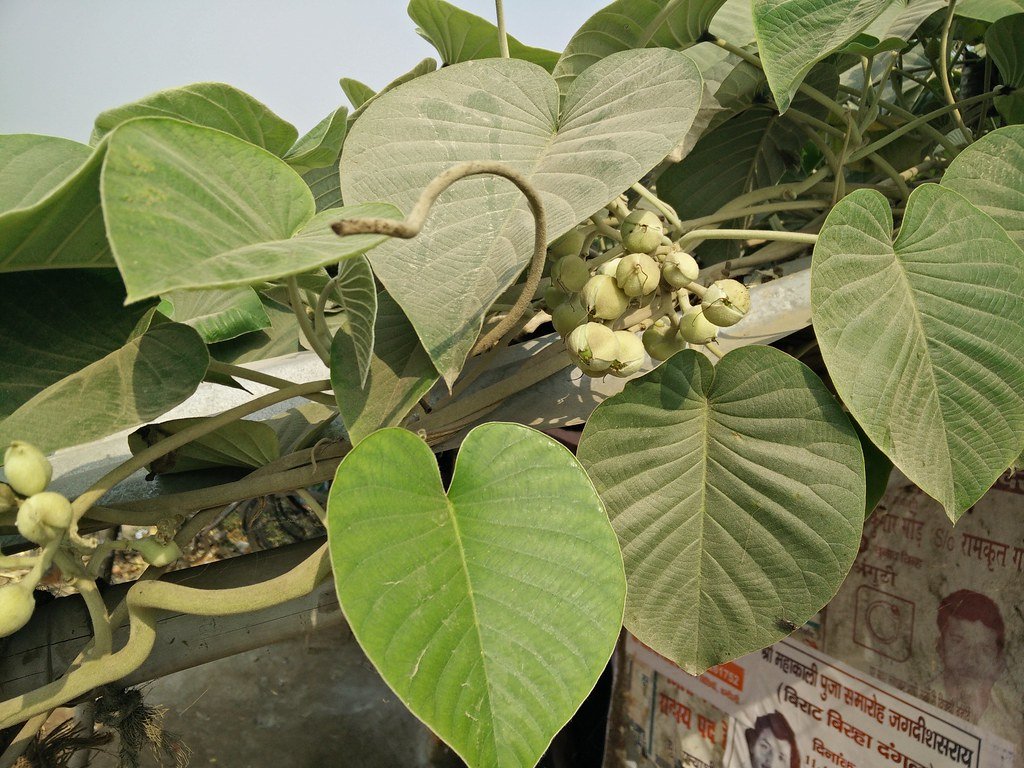
Ayurveda, a system born in ancient India, is more than a list of herbal remedies. It’s a holistic philosophy that sees health as harmony between body, mind, and environment. Practitioners have long prescribed personalized diets, yoga, and meditation—practices now championed by wellness experts worldwide. Turmeric, a golden root central to Ayurvedic healing, is currently being studied for its anti-inflammatory and cancer-fighting properties. Ayurveda’s focus on prevention and lifestyle is echoed in today’s movement toward integrative medicine. It’s a vivid reminder that sometimes, the oldest ideas are the most forward-thinking.
Chinese Medicine: The Art and Science of Balance
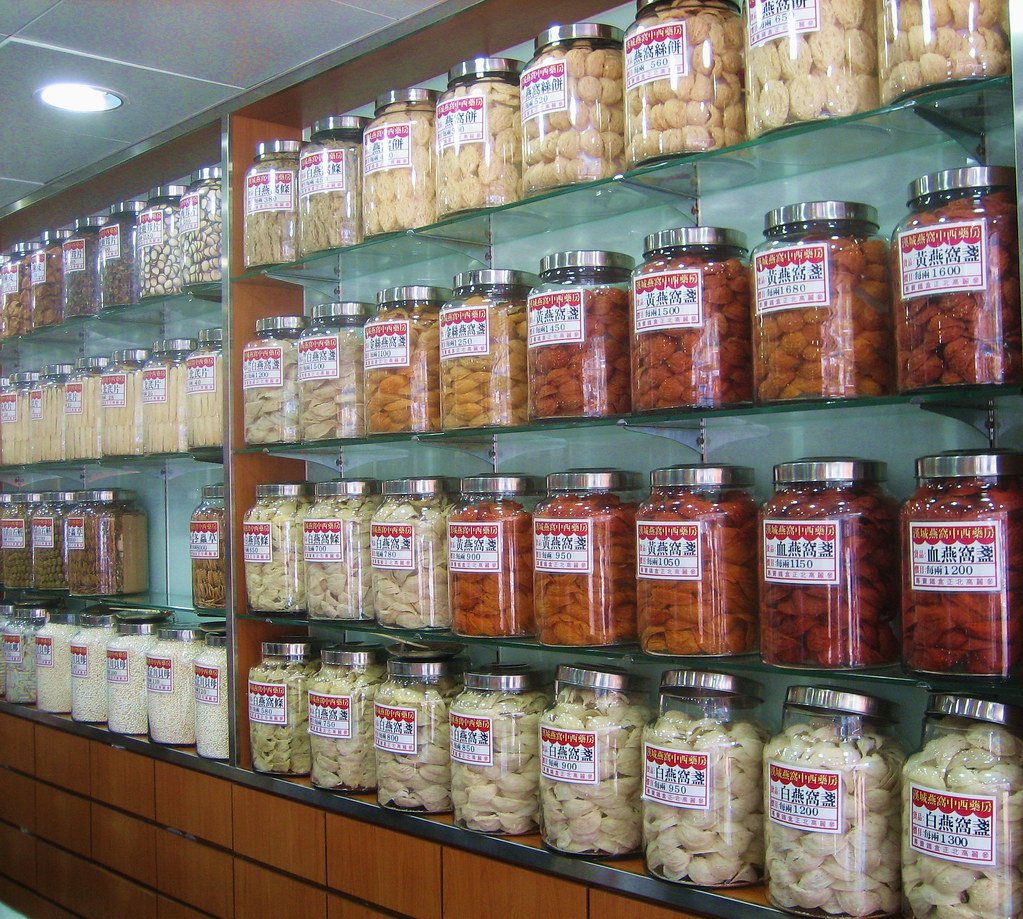
Traditional Chinese Medicine (TCM) weaves together herbs, acupuncture, and movement practices like tai chi. For thousands of years, TCM healers studied patterns in nature and the body, seeking to restore balance. Ginseng, licorice root, and artemisinin (used to treat malaria) all come from this tradition. Acupuncture, once dismissed by Western doctors, is now embraced for pain relief and even post-surgical recovery. Recent research continues to validate ancient Chinese theories about the interconnectedness of organs and emotions. TCM’s legacy is a living testament to the power of observation and holistic care.
Egyptian Innovators: Surgery and the Science of Anatomy
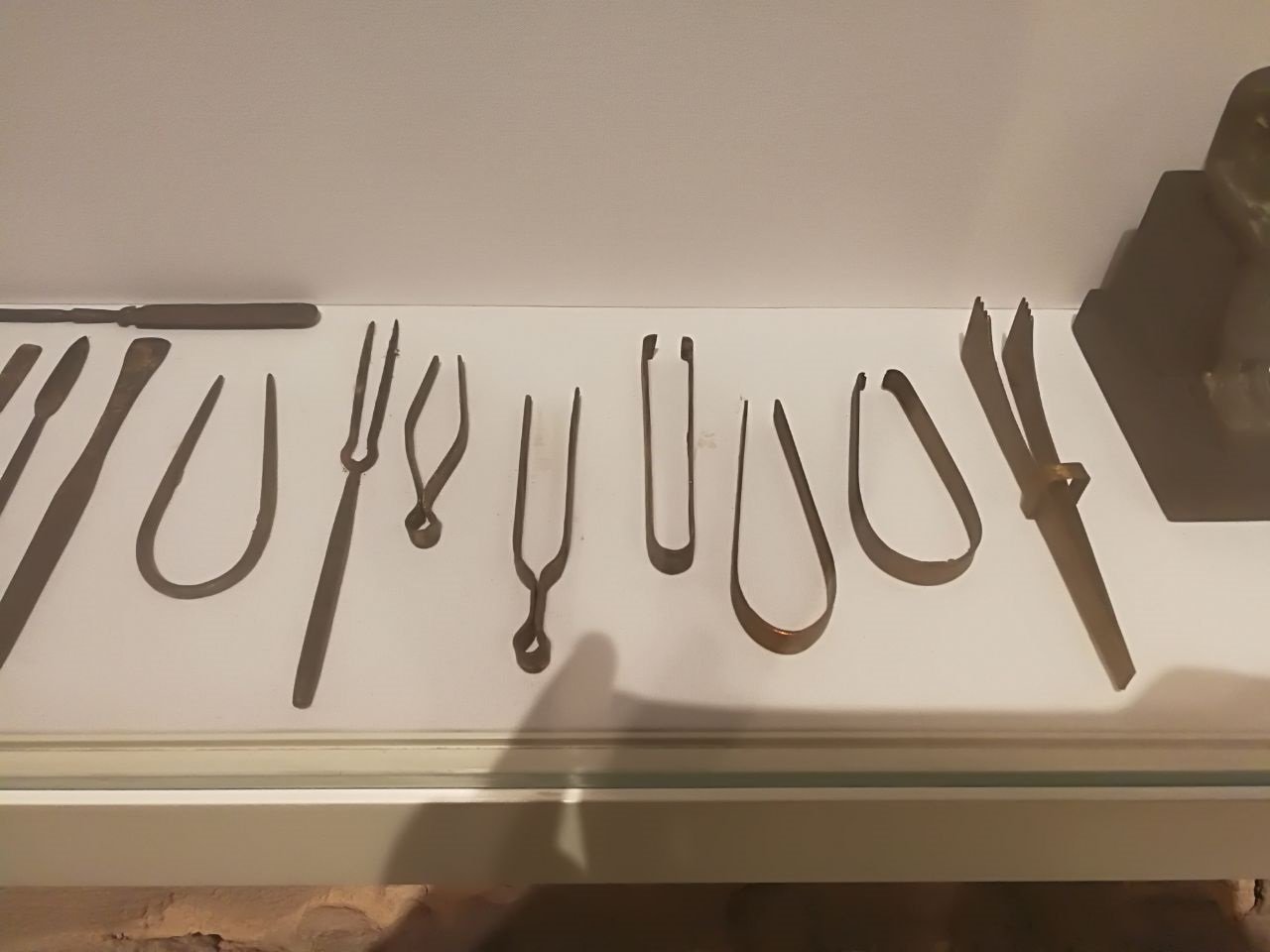
The ancient Egyptians were pioneers of surgery and anatomical knowledge. They developed surgical instruments, set broken bones, and even performed complex procedures like trepanation (drilling into the skull). Their careful observations of the human body, recorded on papyrus scrolls, laid the groundwork for later medical advances. The Edwin Smith Papyrus, dating back over 3,500 years, contains detailed case studies that could easily be mistaken for modern medical charts. Modern physicians still marvel at the Egyptians’ understanding of infection, wound care, and even dentistry. Their legacy lives on in the tools and techniques used in operating rooms today.
Greek Legacies: Hippocrates and the Birth of Rational Medicine

The Greeks gave us Hippocrates, often called the “Father of Medicine.” He championed careful observation, logical diagnosis, and ethical standards. The Hippocratic Oath, still recited by new doctors, calls for compassion and integrity. Hippocrates and his followers insisted that disease had natural causes, not supernatural ones—a revolutionary idea in their day. They catalogued symptoms, prescribed diet and exercise, and even recognized the importance of mental health. Modern clinical practice, from patient charts to bedside manner, owes a direct debt to these ancient thinkers.
Roman Roadmaps: Public Health and Medical Organization

The Romans were masters of organization, and that extended to health care. They built aqueducts to bring clean water to cities, pioneered public baths, and developed sewage systems—all profound advances for public health. Military doctors established field hospitals and kept detailed records, laying the groundwork for modern medical logistics. Roman medical texts, such as those by Galen, became standard reading for centuries. Their vision of health as a communal responsibility is echoed in today’s public health policies and infrastructure.
Medieval Monasteries: Guardians of Medical Knowledge
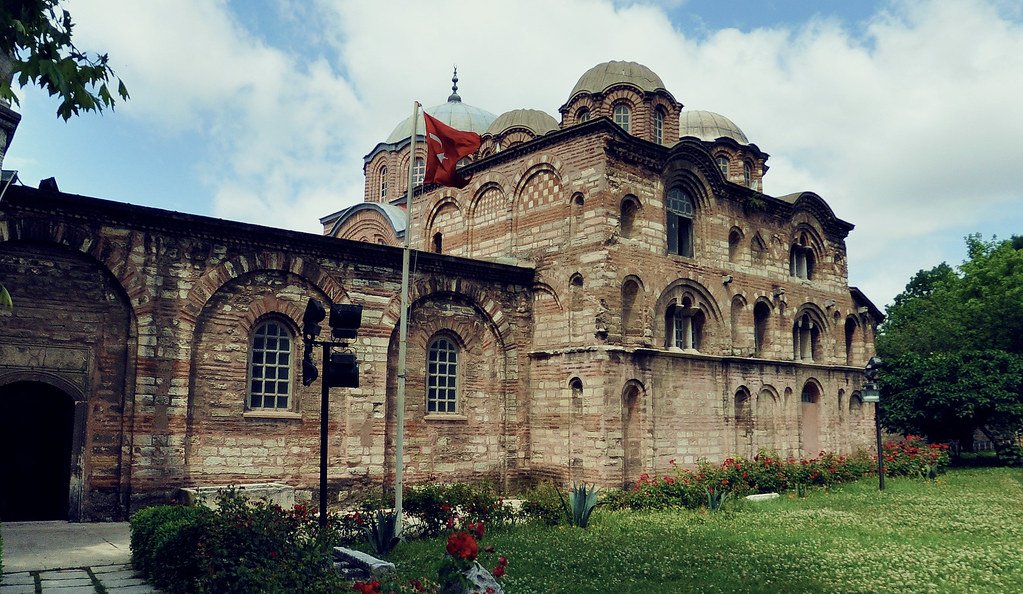
During the Middle Ages, much of Europe’s medical wisdom survived thanks to monks and nuns. Monasteries became centers for herbal medicine, surgery, and patient care. In their gardens, they grew medicinal plants and experimented with remedies. Monastic scribes painstakingly copied ancient Greek, Roman, and Arabic texts, ensuring their survival through centuries of war and upheaval. Many hospitals today trace their origins to these early religious healing centers. Without these quiet guardians, much of ancient medical knowledge might have been lost forever.
Arabian Alchemy: Chemistry and the Birth of Pharmacy

The Islamic Golden Age saw healers and scholars in the Middle East advance both medicine and chemistry. They developed distillation, extraction, and the compounding of medicines—the very beginnings of modern pharmacy. The Persian polymath Avicenna wrote “The Canon of Medicine,” a book that guided doctors in Europe and Asia for centuries. Hospitals flourished in cities like Baghdad and Cairo, offering not just treatment but also medical education. Many of the drugs and techniques pioneered during this era, from alcohol-based tinctures to precise surgical instruments, still shape modern medicine.
Indigenous Healers: Wisdom from the World’s Wild Places
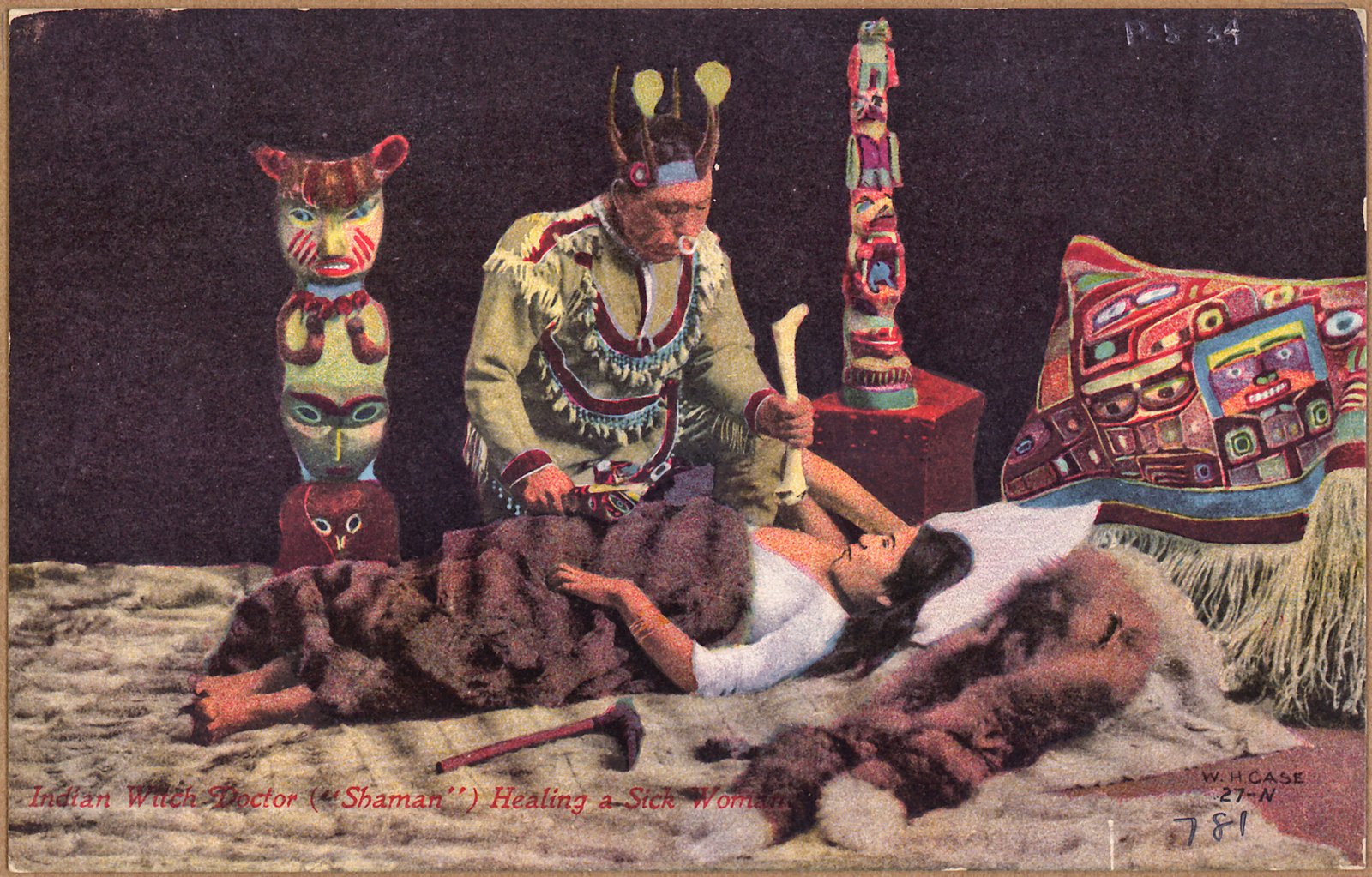
Across the Americas, Africa, Australia, and beyond, indigenous healers have preserved astonishingly detailed knowledge of local plants and healing practices. From the curanderos of Mexico to the sangomas of South Africa, these practitioners blend spiritual and physical care. Quinine, the first effective treatment for malaria, came from the bark of the South American cinchona tree, used for centuries by indigenous peoples. Western researchers often turn to indigenous knowledge when searching for new medicines, recognizing the value of traditions shaped by nature’s toughest tests.
Women’s Work: Midwives, Herbalists, and Folk Doctors

For much of history, women were the primary keepers of healing wisdom. Midwives guided mothers through the dangers of childbirth, herbalists treated everything from fevers to heartbreak, and “wise women” often served as the doctors of their communities. Their remedies, passed down through oral tradition, included both common sense and genuine scientific insight. While many were later persecuted as “witches,” their contributions to medicine are now being rediscovered and celebrated. The resurgence of interest in natural birth, herbal teas, and holistic care owes much to these unsung heroines.
From Folk Cures to Pharmaceuticals: How Ancient Remedies Became Modern Drugs
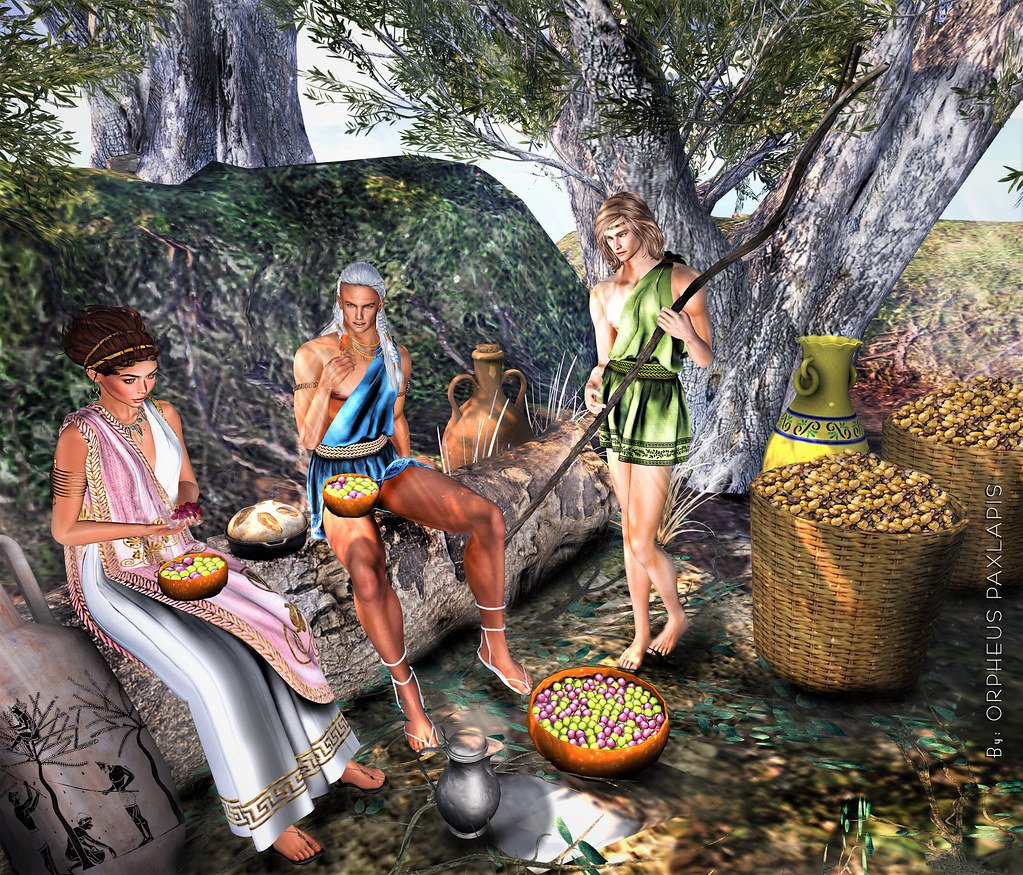
Many of today’s blockbuster drugs have humble beginnings in folk medicine. The cancer drug paclitaxel, for example, was first derived from the bark of the Pacific yew tree, used in Native American healing. Morphine, a powerful painkiller, comes from opium poppies cultivated in the ancient Middle East. Even antibiotics, like penicillin, sprang from the study of molds and fungi long noted in traditional healing. Pharmaceutical companies continue to search the world’s forests and folk traditions for the next breakthrough cure. It’s a living testament to the value of ancient knowledge.
Placebo Power: Ancient Belief Meets Modern Science

The idea that belief can heal is as old as medicine itself. Ancient healers understood that hope, ritual, and trust were powerful tools. Today, scientists recognize the placebo effect—when patients improve after receiving a treatment with no active ingredient—as a real and measurable phenomenon. Studies show that the context of care, the authority of the healer, and even the scent of herbs can trigger the body’s own healing response. Modern doctors are learning to harness the power of ritual and patient expectation, just as ancient healers once did.
Holistic Healing: The Return of Mind-Body Medicine

Modern medicine often focuses on symptoms, but ancient healers treated the whole person—body, mind, and spirit. This holistic approach is making a comeback, with doctors now emphasizing mental health, lifestyle, and social support as keys to wellness. Practices like yoga, meditation, and mindfulness, once considered fringe, are now common prescriptions for stress, pain, and chronic disease. The science is catching up, too, with studies showing how emotions and environment can shape physical health. It’s a striking return to the old wisdom that health is more than the absence of disease.
Modern Technology Meets Ancient Wisdom

Today’s medicine is a dazzling blend of technology and tradition. High-tech scans, robotic surgeries, and AI diagnostics all stand on the shoulders of ancient insights. Researchers use genetic analysis to find links between traditional remedies and modern diseases. Doctors now consult with herbalists and indigenous healers, seeking the best of both worlds. Medical schools teach students about cultural competence, recognizing that healing is both a science and an art. The future of medicine may look futuristic, but its heart still beats in time with the wisdom of the past.
The Unbroken Chain: Honoring the Healers Who Came Before

Every pill, procedure, and prescription handed out today carries an invisible signature—the accumulated knowledge of healers across millennia. As we race toward new medical frontiers, it’s vital to remember the contributions of those who came before. From the first herbalist who soothed a fever, to the monk who copied a medical text by candlelight, to the indigenous healer teaching about plants in a rainforest, their legacy is woven into every cure. The story of medicine is not just about progress, but about gratitude, humility, and connection. What ancient wisdom will we rediscover next?



